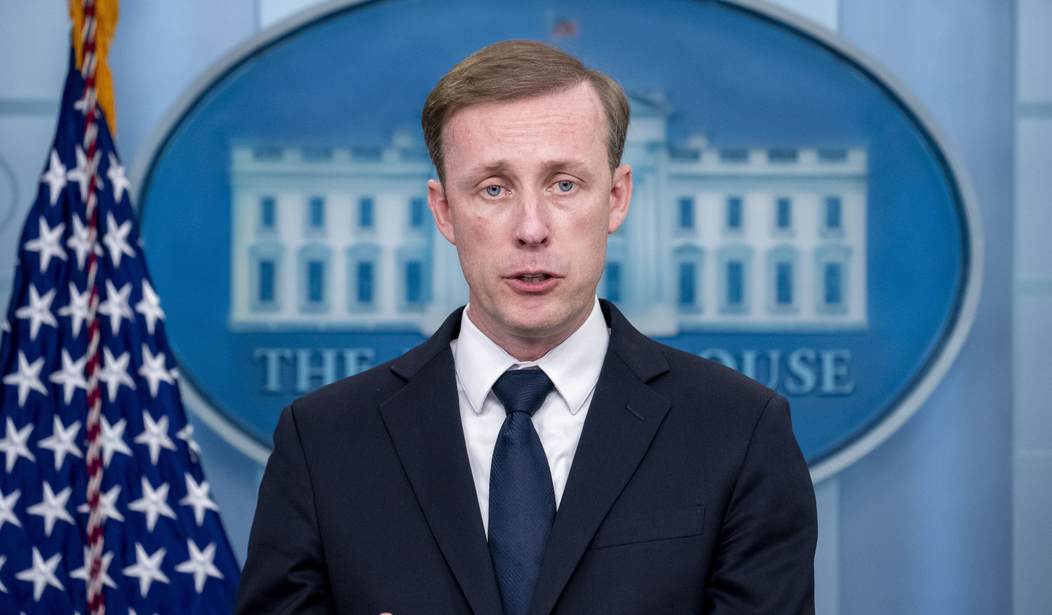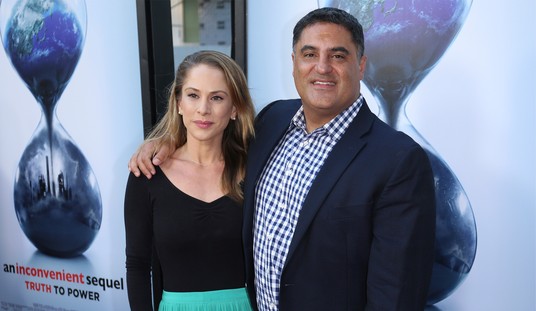Last week, and two months after President Biden ordered it, the military finished installing a floating pier to deliver humanitarian aid to Gaza. The aid will be dropped at a port facility where NGOs can then distribute it. All this cost taxpayers about $320 million, according to government estimates.
When asked Tuesday about the project, however, the Pentagon said it didn’t believe any of the more than 569 metric tons of aid had actually made it to Gazans. Pentagon spokesman Maj. Gen. Pat Ryder told reporters some of the aid was “intercepted by some people who took that aid off those vehicles.” The U.N. World Food Program, one of the groups involved in distribution, also told the AP nearly a dozen aid trucks had been “commandeered” in a chaotic scene that left one Gazan dead from a gunshot wound.
When asked about the statements from the Pentagon, White House National Security Advisor Jake Sullivan gave a different story.
Q Jake, you talked about one of the key objectives, of course, is the provision of humanitarian aid and food to the people of Gaza. The Pentagon, within the last 24 hours, said that they did not believe that any of the aid from the pier, where the construction was led by the United States military, has been received by the people of Gaza to this point. Your thoughts on that?
Given this, has this been a failure? How do we fix this situation? And was the U.S. insufficiently prepared to utilize this as a means by which to deliver aid?
MR. SULLIVAN: First, just to level-set: Since Saturday, the U.N. has in fact distributed humanitarian supplies from the pier to Palestinian civilians in Deir al-Balah, in al-Mawasi, and in Khan Yunis. So —
Q So, aid from the pier has now gone specifically to the Palestinians who need it?
MR. SULLIVAN: That’s correct. And there’s been about 695 metric tons of food that has come off the pier so far. About two thirds of that either has gone or is on its way to going to Palestinian civilians.
The issue is not actually getting food to the pier or off the pier; it’s being able to ensure that we have necessary security arrangements in place to deliver it. We have had modalities to get some of that aid distributed. We are in the process of building out to get more of it distributed.
So, the answer to your initial question is, no, it’s not a failure of planning. Yes, it is an ind- — indication this is a dynamic environment and we need to continue to refine. But aid is flowing. It is not flowing at the rate that any of us would be happy with, because we always want more.
But we are actually seeing good cooperation between the U.S., the IDF, the U.N., and other humanitarian organizations to ensure that aid goes from that pier to innocent people in need. And we’ll continue to do that as we go forward.
Reporter: "The Pentagon within the last 24 hours said they did not believe any of the aid from the pier…has been received by the people of Gaza to this point. Your thoughts on that? Has this been a failure?"
— Townhall.com (@townhallcom) May 22, 2024
NSA Jake Sullivan: "Since Saturday, the U.N. has in fact distributed… pic.twitter.com/sPgdDsECog
Recommended























